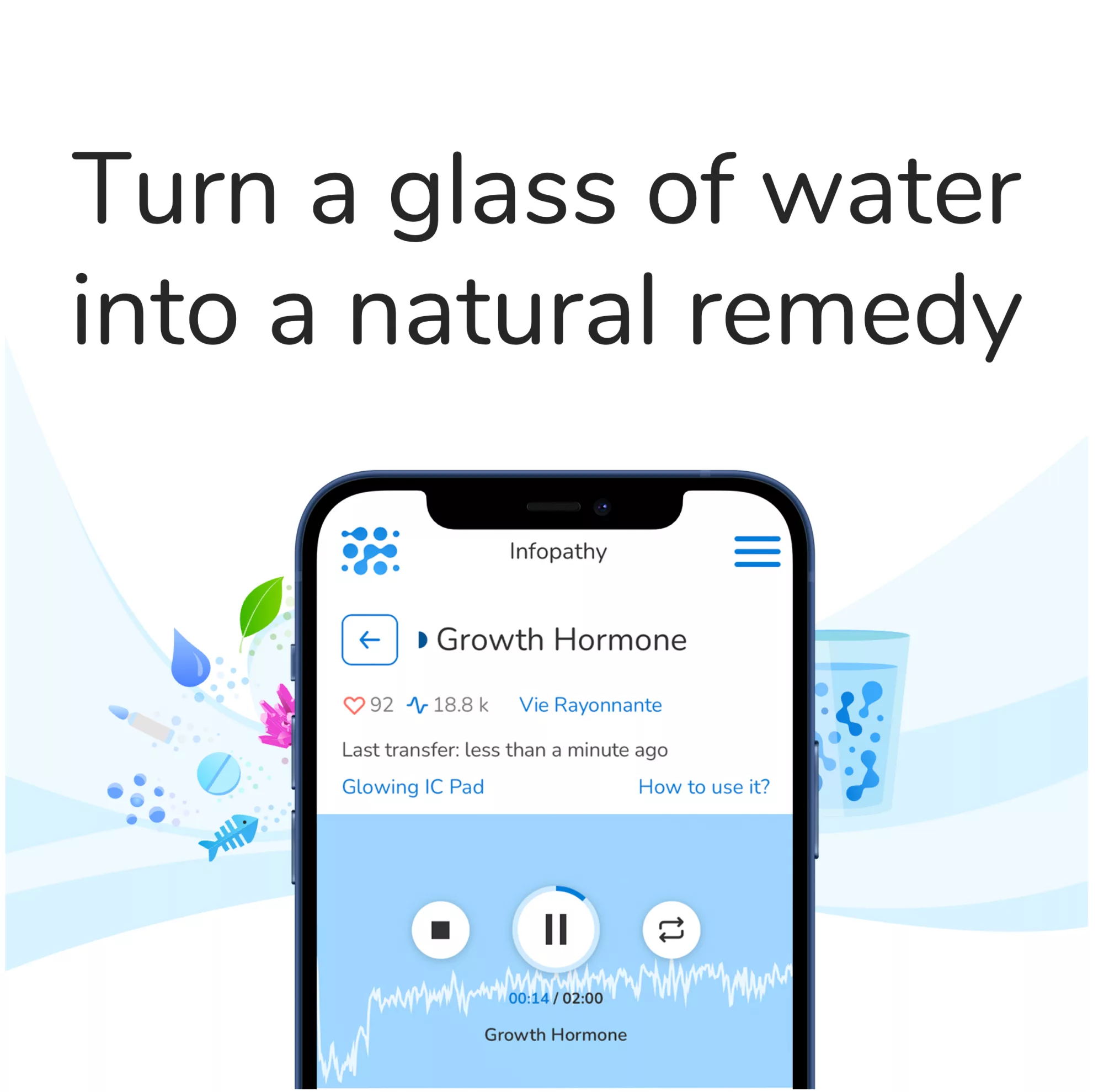Based on Brad Pitt’s movie The Curious Case of Benjamin Button, where his character reverses time by using noninvasive or minimally invasive procedures to produce visibly younger and refreshed looks, this term has come to be known as “Benjamin button effect.” However, in order to be effective this requires aesthetic judgment as well as realistic patient expectations.
Symptoms
Although The Curious Case of Benjamin Button depicts a man who seems to age backward, there is no medical condition which fully fits this fictional scenario. However, some rare genetic conditions called progeroid syndromes do cause rapid or unusual aging processes. Hutchinson-Gilford progeria syndrome, more commonly known by its acronym HGPS, is one of these disorders. Mutations to the LMNA gene cause early onset of age-related problems including hair thinning and wrinkled skin as well as loss of body fat tissue and slower growth rates. Children living with HGPS only live 13-20 years, often succumbing to cardiovascular complications at an early age. Werner syndrome, another disease linked with premature aging, causes cells to age faster due to genetic mutations producing defective proteins that wreak havoc within them and disrupt cell structure.
Diagnosis
Benjamin Button’s story of reverse aging captured our imaginations through literature and film, yet he did not suffer from any medical condition associated with it – not even progeria, the real-life inspiration for his fictional condition. However, progeroid syndromes do exist and medical advances offer hope of improved outcomes and possible cures.
Progeroid syndromes are rare genetic disorders characterized by rapid aging. Their namesake comes from mutations to the LMNA gene which produces progerin, an abnormal protein which accumulates in cells and speeds up their rate of aging more rapidly than expected.
Children diagnosed with progeria typically exhibit symptoms including failure to thrive, growth retardation and facial characteristics including small facial features relative to head size; loss of subcutaneous fat tissue with tight, thin skin; skeletal problems and cardiovascular issues as well as cardiovascular-related deaths occurring early adulthood.
Hutchinson-Gilford progeria syndrome, more popularly known by its nickname Benjamin Button Disease due to the 1922 short story and movie inspired by it, is the most prevalent form of progeria. This form results from mutations to the LMNA gene which encodes for lamin A protein which maintains nuclear structure within cells.
Treatment
After seeing The Curious Case of Benjamin Button, many patients want to achieve a younger appearance through subtle, noninvasive treatments. Achieving such effects requires aesthetic judgment, patient selection, as well as knowledge of new technologies. Combinations of topicals, injectables, and energy-based devices may provide dramatic results with minimal downtime – it is just important that patients set realistic expectations beforehand.
Benjamin was born in 1860 with the physical characteristics of an elderly person, but only given a short amount of time to live. Over time, his body slowly transitioned from adulthood back into childhood until eventually it looked similar to a newborn’s body.
Researchers from the University of Maryland are conducting studies aimed at slowing down aging by manipulating cells lining blood vessels. They’re studying LMNA gene, which encodes protein that keeps cell structure intact, using genetic tools to turn old cells into stem cells that can regenerate damaged or dead ones and replace them faster for an effect that will lead to more youthful appearances without risking surgery or injections.
Prevention
In The Curious Case of Benjamin Button, Brad Pitt seemingly reverses time. Though no such medical condition exists exactly, mutations of LMNA genes may contribute to accelerated aging. If patients wish to attain younger-looking skin without obvious intervention signs there are several noninvasive rejuvenation options such as topicals or injectables available which can create the “Benjamin Button effect” by creating younger-looking skin that does not look unnaturally youthful3.3
Early interventions before age-related symptoms begin are likely to produce the greatest results.






